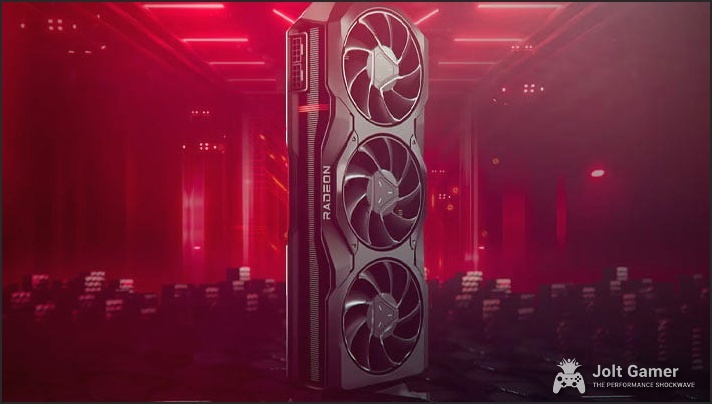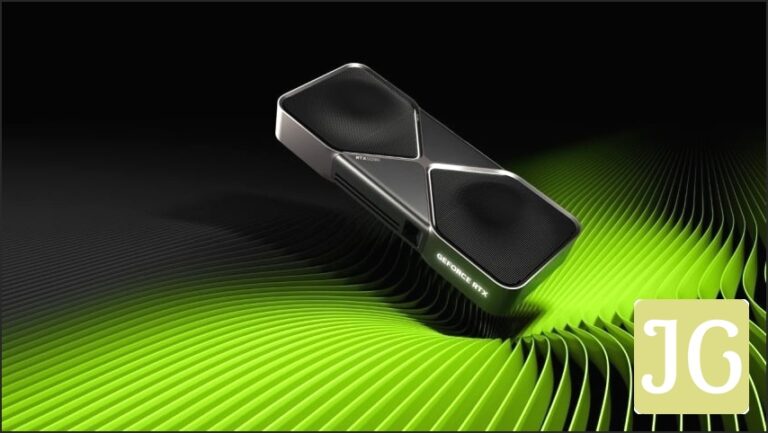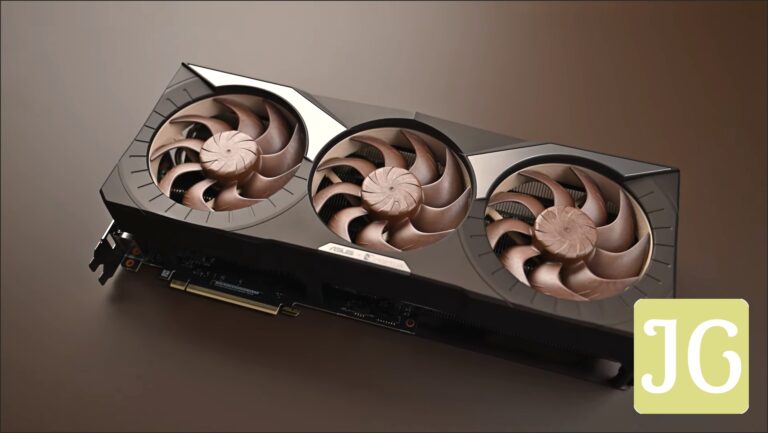Key Takeaways
- The ASUS Prime Radeon RX 9070 XT White marks a significant entry into the premium white GPU market, combining aesthetics with AMD’s RDNA 4 architecture.
- Powered by the monolithic Navi 48 die on TSMC 4nm, it features 64 CUs, 16GB GDDR6, and advanced cooling for high-performance 1440p and 4K gaming.
- Despite a $599 MSRP, street pricing remains a challenge, though AMD is actively working with partners to improve availability at or near this price point.
- The card introduces FSR 4 and enhanced AI accelerators, pushing AMD’s capabilities in both gaming and potential AI workloads.
- While excelling in rasterization, it faces stiff competition in ray tracing and AI tasks from NVIDIA, highlighting distinct market positioning.
The gaming hardware landscape is often dominated by raw performance, but increasingly, aesthetics play a pivotal role in enthusiast builds. Enter the ASUS Prime Radeon RX 9070 XT White OC Edition 16GB GDDR6—a graphics card that doesn’t just promise immersive gaming but does so with a striking all-white design. As AMD’s RDNA 4 architecture takes center stage, this Prime series variant aims to capture the hearts (and wallets) of gamers seeking both power and a pristine aesthetic. But is it merely a pretty face, or does it deliver the definitive performance and value that the next generation demands? We dive deep into its architecture, performance, market positioning, and even its surprising relevance to AI workloads to provide the most comprehensive analysis, backed by the data that truly matters.
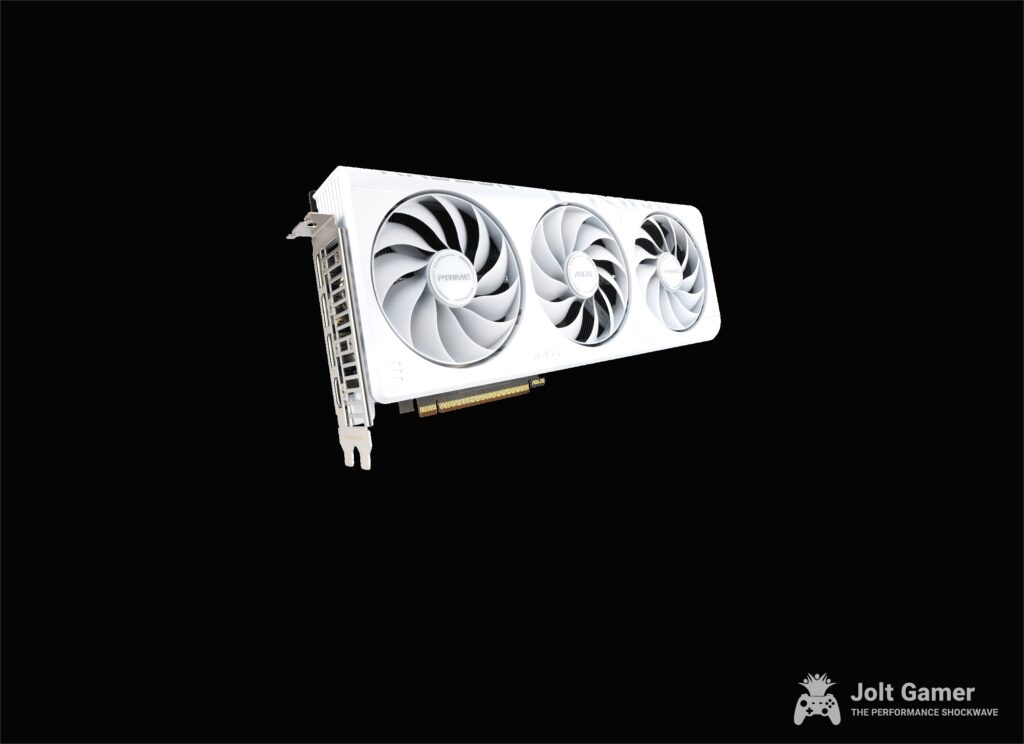
The Allure of White: ASUS Prime’s Aesthetic Statement
White GPUs have become the aesthetic crown jewel of boutique gaming PCs, transforming rigs into minimalist masterpieces. The ASUS Prime Radeon RX 9070 XT White taps directly into this burgeoning trend, offering a sleek, clean design that stands apart from the typical black or dark gray components. This isn’t just about color; it’s about a complete visual statement that influences entire build themes. While ASUS’s ROG Strix and ROG Matrix lines are known for their premium features, the Prime series offers a refined, accessible entry point into high-performance hardware with a distinct visual identity. The community’s playful yet clear desire for unique GPU aesthetics underscores the market demand for such specialized color variants, proving that for many, style now rivals raw performance in importance.
“The community shows a clear desire for unique and themed GPU aesthetics, indicating potential appeal for specialized color variants like the white Prime series. One gamer playfully mused: ‘can corsair make a 9070xt cherry blossom edition with ram and cooler? 😂'”
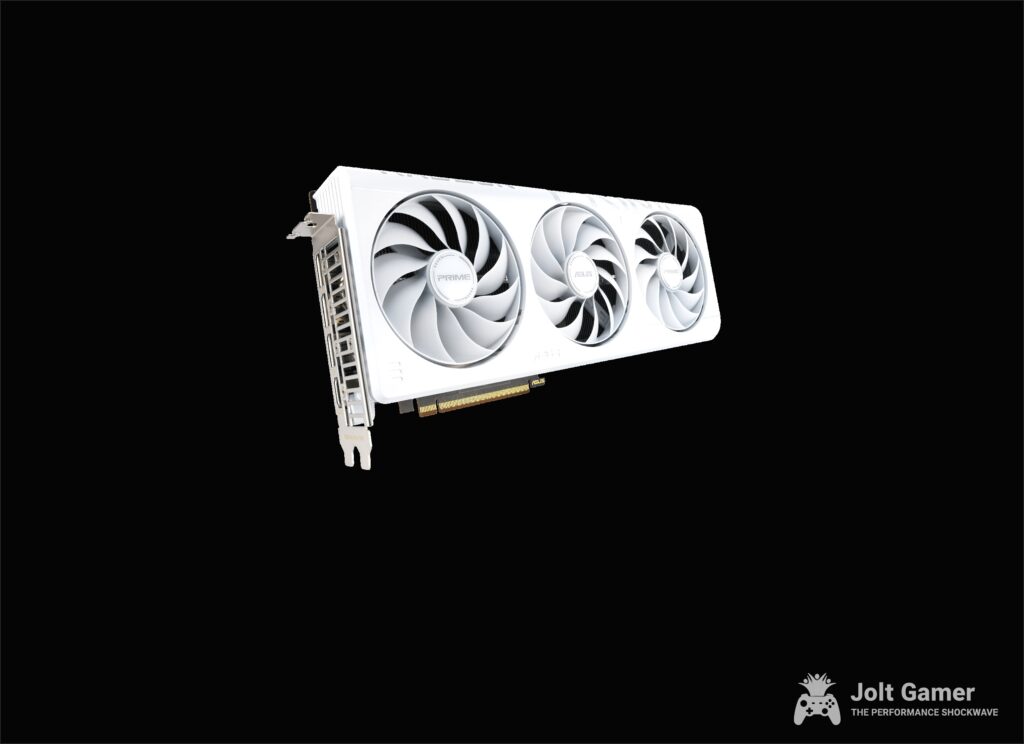
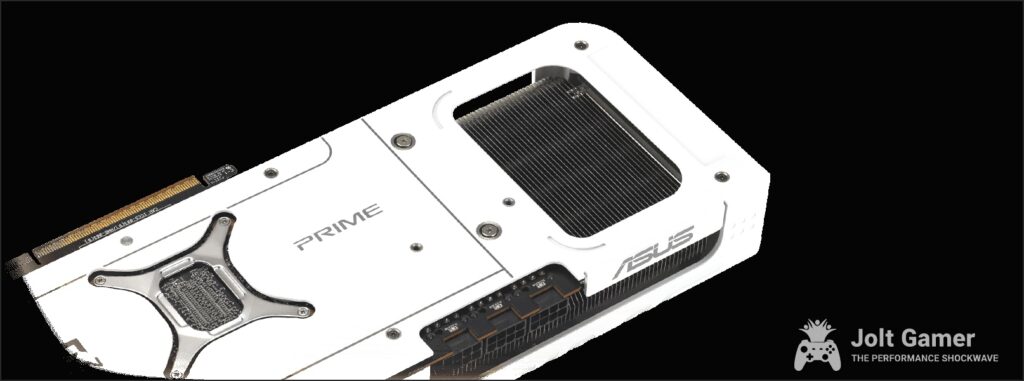
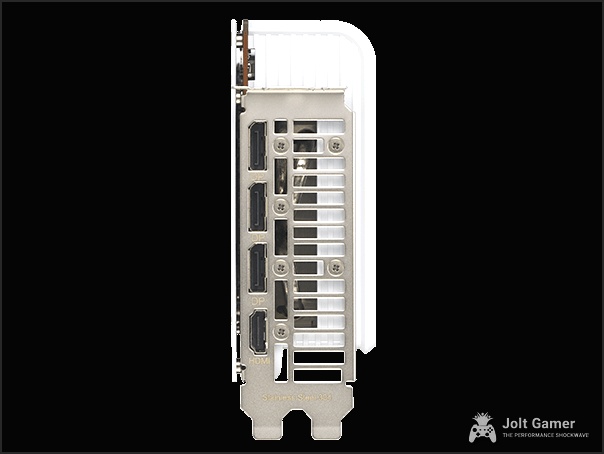
RDNA 4 Unleashed: Decoding the Navi 48 Powerhouse
Beyond its pristine exterior, the ASUS Prime RX 9070 XT White is a testament to AMD’s next-generation RDNA 4 architecture. Skipping the RX 8000 series, the 9000 series represents a significant leap forward, built on a TSMC 4nm-class process. At its heart lies the Navi 48 GPU die, a notable architectural shift from its RDNA 3 predecessors. Unlike the chiplet designs of Navi 31 and Navi 32, Navi 48 adopts a monolithic design, simplifying packaging and potentially yielding benefits in performance, power efficiency, and cost reduction by eliminating die-to-die communication overhead. This design choice, along with placing the Tag RAM for L3 (Infinity Cache) directly on the Graphics Compute Die (GCD), is anticipated to improve latency and overall efficiency, a critical factor for consistent frame delivery. With a calculated die size of approximately 390 mm², Navi 48 is strategically positioned to target mainstream gamers with a powerful yet cost-effective solution.
- Architecture: AMD RDNA™ 4, built on TSMC 4nm-class process technology.
- GPU Die: Navi 48, featuring a monolithic design for improved efficiency.
- Compute Units (CUs): 64 CUs (RX 9070 XT) / 56 CUs (RX 9070), a 14% increase over the RX 9070.
- Stream Processors: 4,096 (for RX 9070 XT).
- Ray Tracing Accelerators: 64 (3rd Generation, >2x throughput per CU over RDNA 3).
- AI Accelerators: 128 (2nd Generation, up to 8x INT8 throughput per accelerator over RDNA 3).
- VRAM: 16GB GDDR6 (20 Gbps) on a 256-bit interface, 64 MB Infinity Cache.
- Game Clock: 2,400 MHz (up to 3.0 GHz Boost for XT).
- Total Board Power (TBP): 304W (XT model).
ASUS Prime Radeon RX 9070 XT White OC Edition 16GB GDDR6 Specifications
| Feature | Specification |
|---|---|
| GPU Architecture | AMD RDNA™ 4 (Navi 48) |
| Process Technology | TSMC 4nm-class |
| Stream Processors | 4096 |
| Compute Units (CUs) | 64 |
| Ray Tracing Cores | 64 (3rd Gen) |
| AI Accelerators | 128 (2nd Gen) |
| VRAM | 16GB GDDR6 |
| Memory Interface | 256-bit |
| Memory Speed | 20 Gbps effective |
| Infinity Cache | 64 MB (3rd Gen) |
| Game Clock | Up to 2400 MHz |
| Boost Clock | Up to 2970 MHz |
| TBP (Total Board Power) | 304W |
| Cooling Solution | Triple Axial-tech fans, 2.5-slot design, MaxContact Design, Phase-Change Thermal Pad |
| Power Connectors | 2x 8-pin PCIe |
| Display Outputs | 3x DisplayPort 2.1, 1x HDMI 2.1 |
| PCIe Interface | PCIe Gen 5.0 x16 |
| Dimensions | 12.8″ x 5.91″ x 2.56″ (approx.) |
| Features | Dual BIOS (Performance/Quiet modes), Auto-Extreme Technology, AMD FSR 4, HYPR-RX, Radeon Anti-Lag, Radeon Boost, AMD Fluid Motion Frames (AFMF), Video Codec Acceleration (HEVC, H.264, VP9, AV1) |
Gaming Prowess & AI Ambitions: What the RX 9070 XT Delivers
The Radeon RX 9070 XT is engineered for high-performance gaming across 1080p, 1440p, and 4K resolutions. AMD’s internal benchmarks indicate a significant generational leap, with the RX 9070 XT delivering over 40% more average gaming performance at 1440p compared to the previous generation RX 7900 GRE. It consistently outperforms NVIDIA’s RTX 5070 and frequently matches or exceeds the more expensive RTX 5070 Ti in rasterized workloads. Key to this performance are the advancements in the RDNA 4 architecture, including revamped third-generation raytracing accelerators that promise over 2x the throughput per compute unit compared to RDNA 3, and powerful second-generation AI accelerators with up to 8x INT8 throughput for efficient processing of advanced AI models. The introduction of AMD FidelityFX Super Resolution 4 (FSR 4), an ML-powered upscaling technology exclusive to the RX 9000 Series, further boosts frames for high-quality 4K gaming with maximum raytracing settings, trained on AMD Instinct Accelerators and utilizing RDNA 4’s FP8 Wave Matrix Multiply Accumulate (WMMA) feature. This suite of technologies ensures that the RX 9070 XT is not just a strong raster performer but also a capable player in the evolving landscape of AI-enhanced gaming visuals.
Representative Gaming Performance: RX 9070 XT vs. Competitors (1440p Average FPS)
Data is representative and based on AMD’s performance claims and third-party reviews across various demanding game titles, showing relative performance. Actual results may vary.
Despite these advancements, NVIDIA’s RTX 5070 Ti maintains a performance advantage in pure ray-traced workloads, particularly evident in titles like Cyberpunk 2077, where DLSS often provides a more significant boost than FSR 4. NVIDIA also consistently leads in dedicated AI workloads and text generation tests, a critical point for users with production-focused AI needs. However, for rasterized performance, the RX 9070 XT is a formidable contender. The card’s compact 2.5-slot design, featuring carefully arranged shroud, heatsink, and heat pipes, ensures compatibility with small-form-factor (SFF) builds, a growing segment of the PC market that demands thoughtful engineering. Its triple Axial-tech fans are designed to leverage chassis side-panel ventilation for optimal thermal performance, ensuring the GPU runs cool even under heavy loads. The dual BIOS feature further enhances operational flexibility, allowing users to switch between Performance and Quiet modes to prioritize either low core temperatures or reduced noise levels, a practical benefit for diverse user preferences.
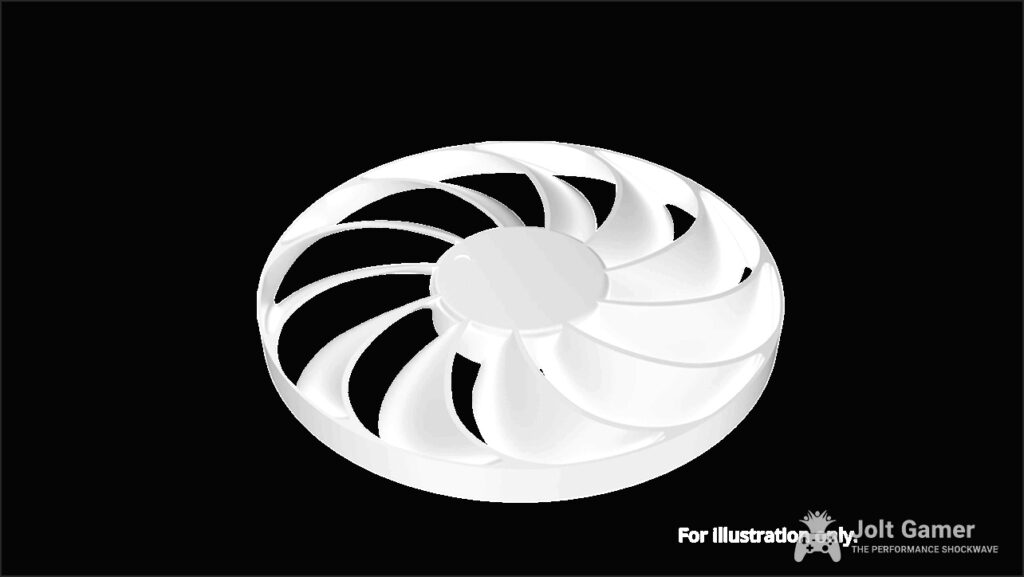
The Price Puzzle: MSRP vs. Street Pricing
AMD officially launched the Radeon RX 9070 XT at an aggressive $599 USD SEP, positioning it as an exceptional value for enthusiast-level gaming. However, the reality of street pricing has been a persistent challenge. For months, the RX 9070 XT has largely remained elusive at its MSRP, with street prices typically starting at $719 and often exceeding $800 for various models. While AMD has refuted claims of higher second-wave pricing and committed to working with retail partners to ensure availability at or close to MSRP, widespread adherence to the $599 price point remains rare. Isolated deals, such as Micro Center’s in-store offer for the PowerColor Reaper RX 9070 XT at $649.99, provide glimpses of improved value, but their limited accessibility, often requiring an inconvenient drive to one of only 29 national locations, underscores the broader market struggle to hit that crucial MSRP.
AMD Radeon RX 9070 XT Pricing Overview
| Model | AMD Official MSRP | Typical Street Price (Approx.) | Value Proposition |
|---|---|---|---|
| ASUS Prime RX 9070 XT White | $599 | $750 – $850 | High aesthetic appeal, premium cooling, but often at a premium over MSRP. |
| XFX Swift RX 9070 XT White | $599 | $799 | Distinct all-white design, strong cooling, but also above MSRP. |
| PowerColor Reaper RX 9070 XT | $599 | $649.99 (Micro Center in-store deal) | Rare close-to-MSRP deal, but very limited availability. |
Beyond Prime: XFX Swift and the White RX 9070 XT Landscape
While the ASUS Prime Radeon RX 9070 XT White makes a strong case for aesthetic appeal, it’s not the only white RDNA 4 card on the market. XFX, for instance, offers its Swift AMD Radeon RX 9070 XT White Triple Fan Gaming Edition, which also launched shortly after AMD’s reference GPU. The XFX Swift, positioned as an entry-level offering within XFX’s lineup, shares the modern, aerodynamic, all-white design focused on maximizing airflow. Both the ASUS Prime and XFX Swift models adhere closely to AMD’s reference clock speeds, ensuring consistent base performance. This indicates a broader trend among AIB partners to embrace the white aesthetic for the RX 9070 XT, offering consumers more choices in building visually cohesive systems. However, the XFX Swift also faces similar pricing challenges, often listed significantly above the $599 MSRP, mirroring the market’s difficulty in aligning with AMD’s aggressive pricing strategy.
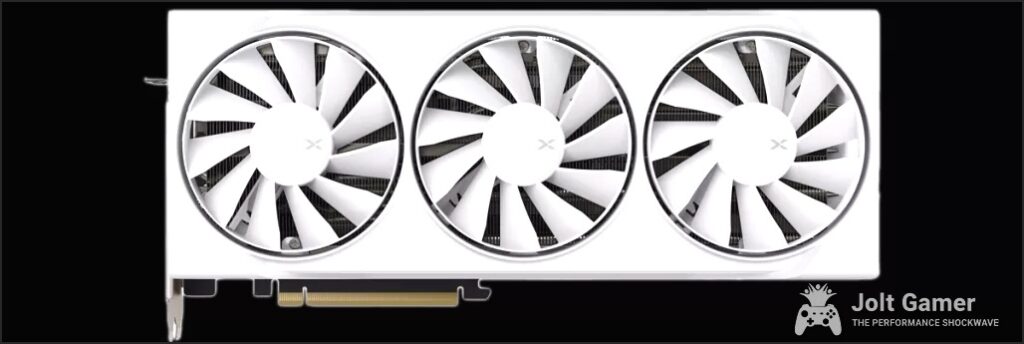
ASUS Prime Radeon RX 9070 XT White: Pros & Cons
Pros
- Stunning all-white aesthetic for premium PC builds.
- Robust 2.5-slot cooling solution with triple Axial-tech fans and MaxContact design.
- Excellent rasterized gaming performance at 1440p and 4K, often surpassing RTX 5070 and competing with RTX 5070 Ti.
- Compact design enhances compatibility with small-form-factor (SFF) cases.
- Integrated AMD RDNA 4 technologies including FSR 4 and enhanced AI accelerators.
- Dual BIOS for flexible performance/quiet mode operation.
Cons
- Street pricing often significantly exceeds the $599 MSRP, impacting value proposition.
- Ray tracing performance lags behind NVIDIA’s equivalent offerings.
- AI workload performance is not as robust as NVIDIA’s, particularly for production tasks.
- Lack of ROG Strix or ROG Matrix variants for the Radeon RX 9000 series might disappoint some enthusiasts.
Style Meets Substance: White GPUs and the AI Production Divide
While the aesthetic appeal of white GPUs like the ASUS Prime RX 9070 XT is undeniable for consumer gaming builds, their role extends into more serious computational tasks, albeit with caveats that data-driven professionals cannot ignore. Many developers favor white GPUs for their workstations due to their visual appeal, using them for prototyping and local handling of large language models (LLMs). However, integrating these consumer-grade white GPUs into robust, industrial-scale AI production clusters (which typically rely on professional-grade GPUs like NVIDIA’s H100s) creates significant operational challenges. The ‘mixing of style and substance’ often leads to ‘operational hell,’ characterized by environment mismatches, driver conflicts, and substantial wasted developer time. This ‘Doom the Dark Ages’ Effect highlights a critical divide between personal aesthetic preferences and the demands of mission-critical production environments, where reliability and empirical performance reign supreme over visual flair.
The ASUS Prime RX 9070 XT White: A Statement of Style and Substance
The ASUS Prime Radeon RX 9070 XT White OC Edition is more than just a new graphics card; it’s a statement. It masterfully blends the high-performance capabilities of AMD’s RDNA 4 architecture with a highly sought-after aesthetic, catering to a growing segment of PC builders who prioritize visual harmony alongside raw power. While its rasterized performance is undeniably strong, competing fiercely with NVIDIA’s mid-to-high-range offerings, its ray tracing and dedicated AI capabilities still leave room for improvement compared to the competition. The persistent challenge of street pricing remaining above MSRP is a hurdle for its value proposition, but AMD’s commitment to address this, combined with the card’s robust cooling and compact design, makes it a compelling option. For gamers seeking a powerful, visually stunning GPU that anchors an all-white build, the ASUS Prime RX 9070 XT White delivers. It stands as a testament to the evolving demands of the enthusiast market, where style is increasingly an integral part of the substance, provided the performance data holds up.
Frequently Asked Questions About the ASUS Prime RX 9070 XT White
What is the primary appeal of the ASUS Prime RX 9070 XT White?
Its primary appeal lies in its striking all-white aesthetic, which is highly desired for aesthetically cohesive PC builds, combined with the strong gaming performance of AMD’s RDNA 4 architecture.
How does the RX 9070 XT’s performance compare to NVIDIA’s RTX 5070 Ti?
In rasterized gaming, the RX 9070 XT consistently outperforms the RTX 5070 and frequently matches or exceeds the more expensive RTX 5070 Ti. However, NVIDIA generally holds an advantage in ray tracing and dedicated AI workloads.
Is the ASUS Prime RX 9070 XT White good for small form factor (SFF) builds?
Yes, its compact 2.5-slot design is specifically engineered to ensure compatibility with small-form-factor (SFF) cases, making it a good choice for space-constrained builds.
Why is the street price often higher than the MSRP?
Despite AMD’s official $599 MSRP, various market factors, including demand, supply chain dynamics, and retailer markups, have led to street prices typically being higher. AMD has stated they are working with partners to bring prices closer to MSRP.
Does the RX 9070 XT support new AMD technologies like FSR 4?
Yes, the RX 9070 XT is powered by RDNA 4 and supports AMD FidelityFX Super Resolution 4 (FSR 4), a new ML-powered upscaling technology, along with other features like HYPR-RX, Radeon Anti-Lag, and Fluid Motion Frames (AFMF).

